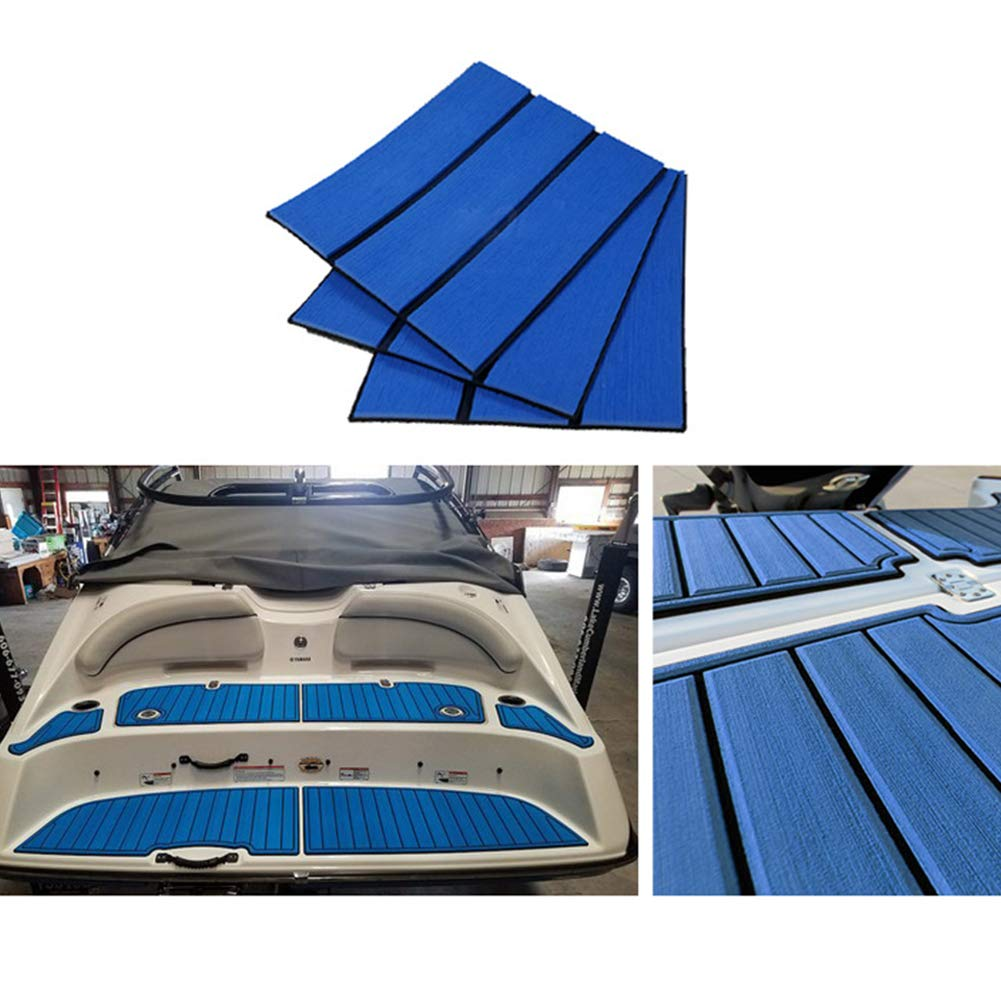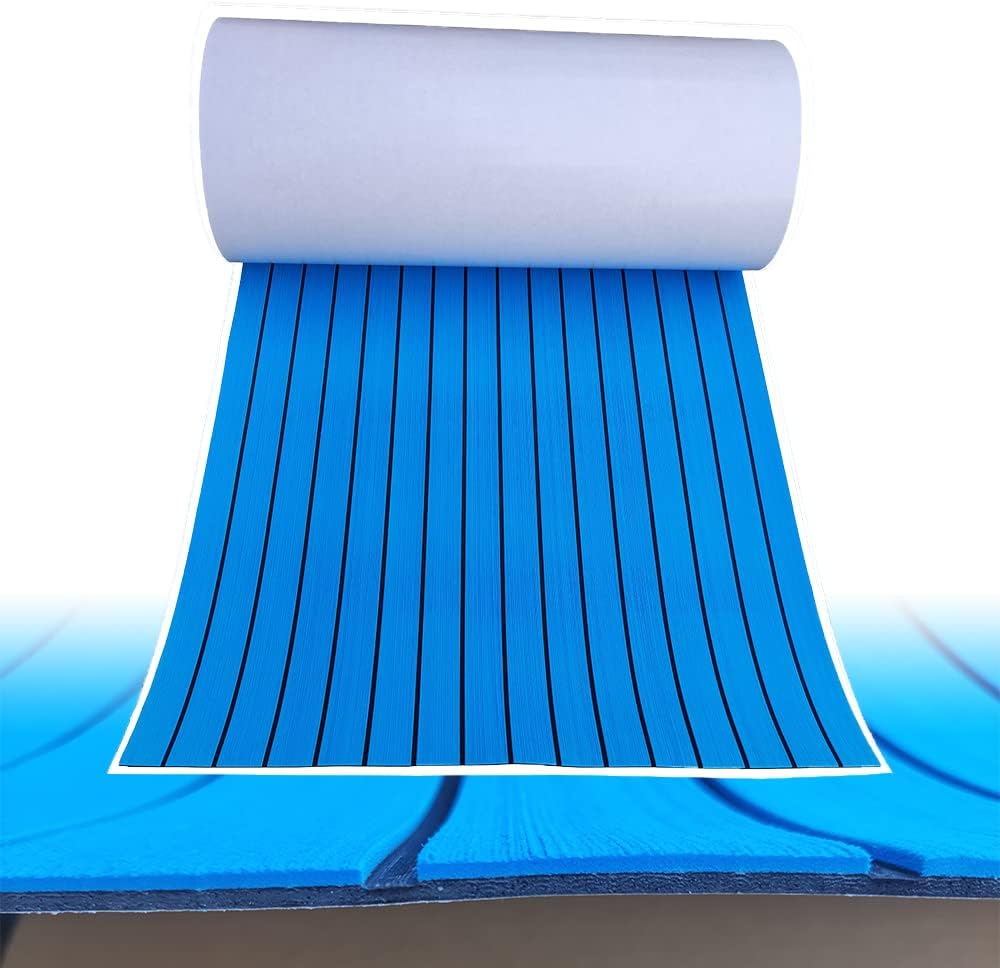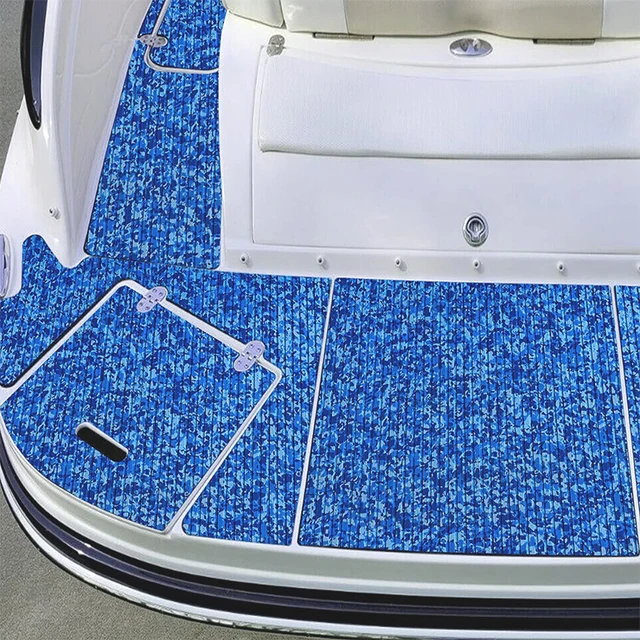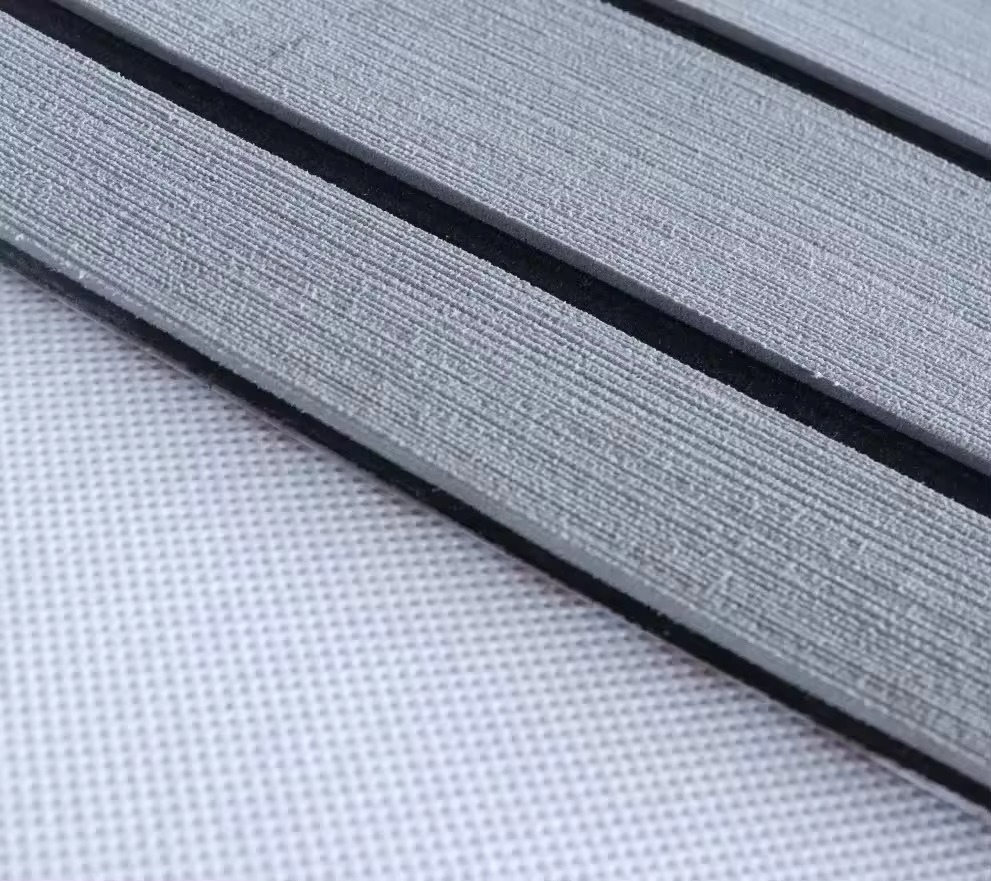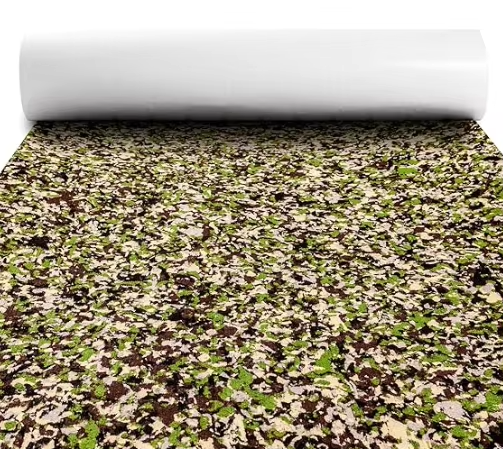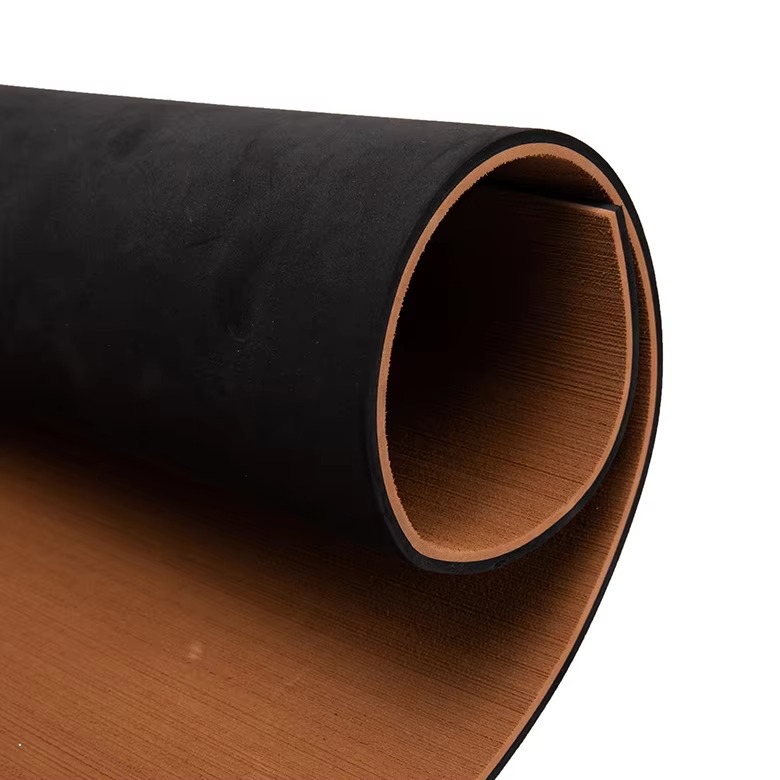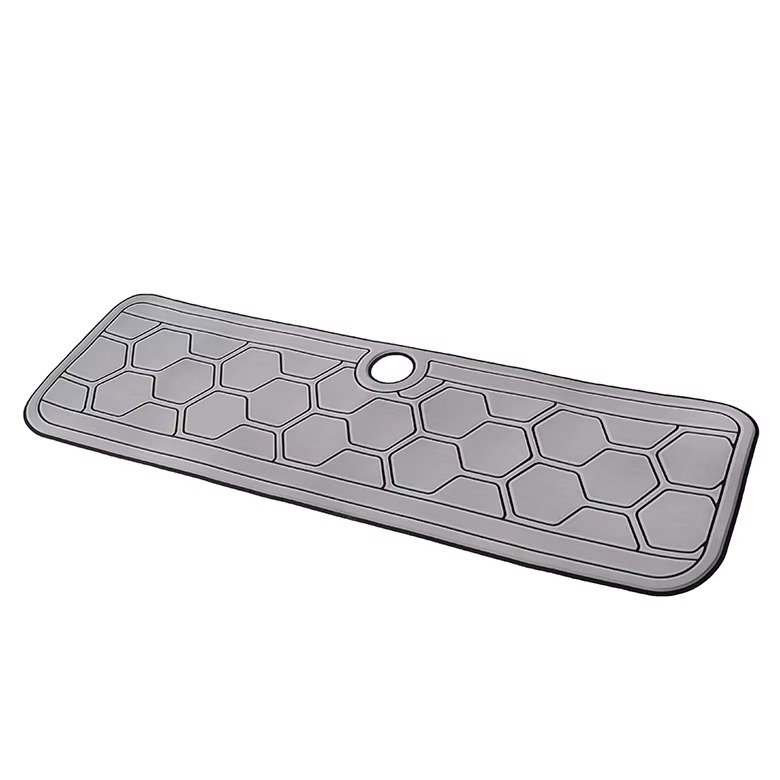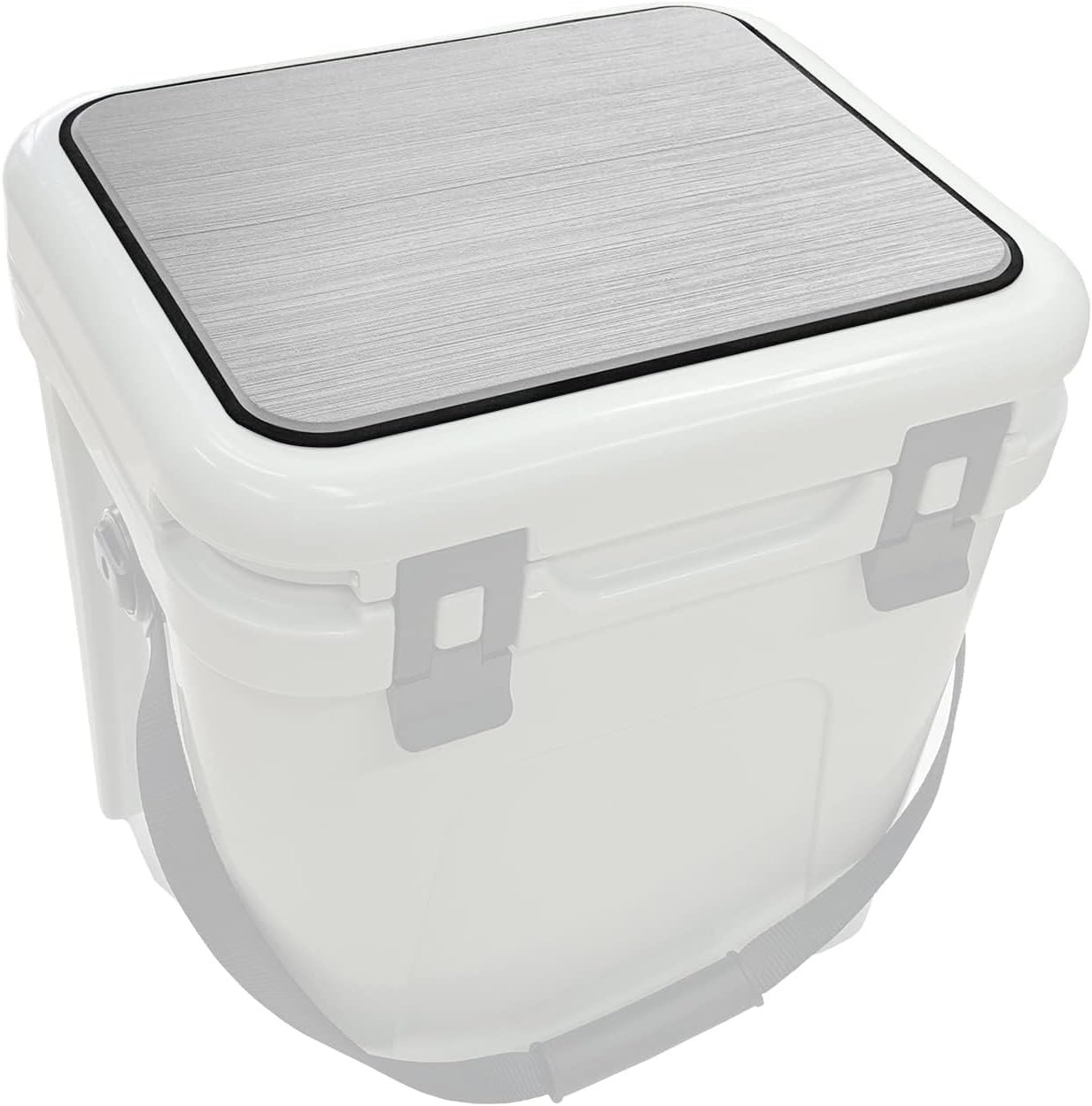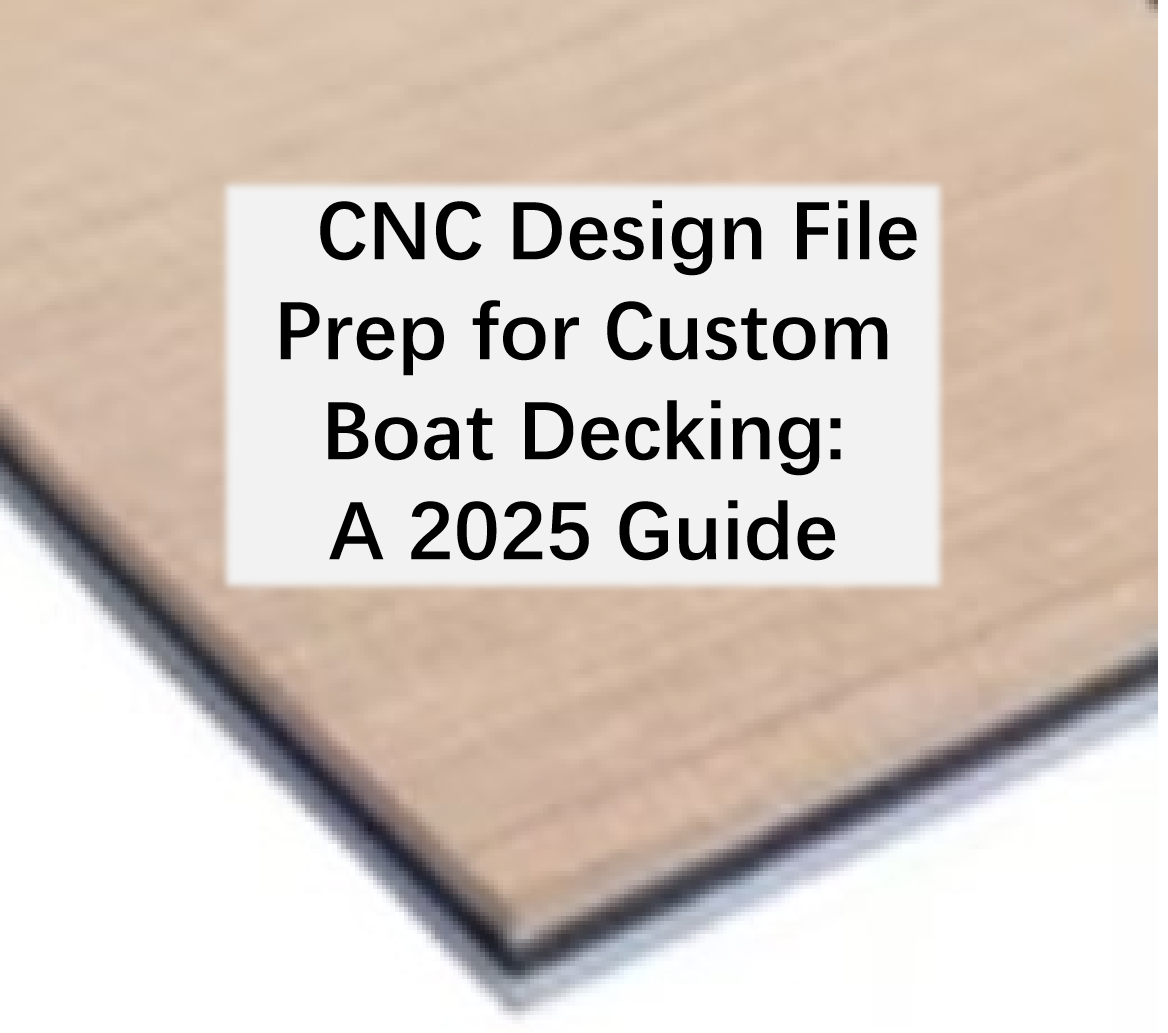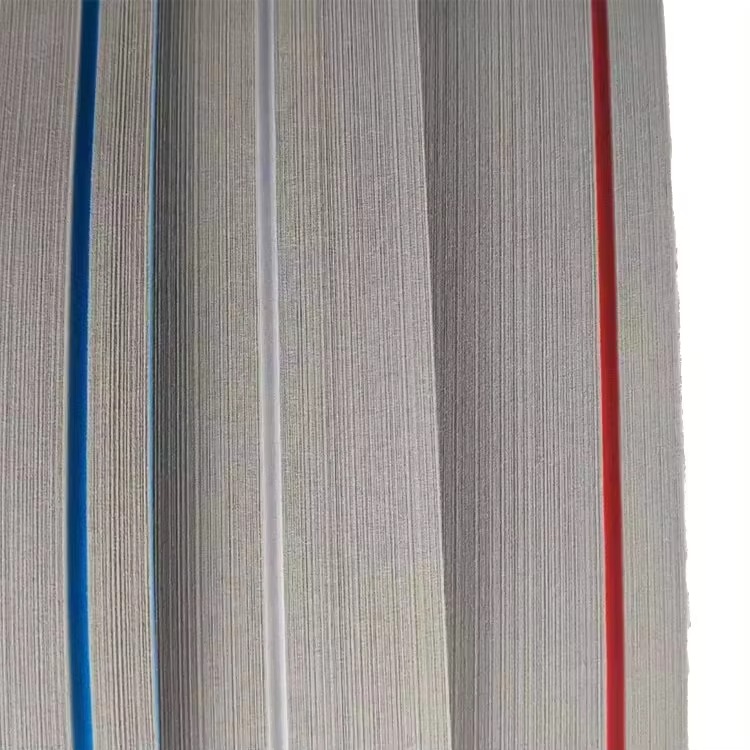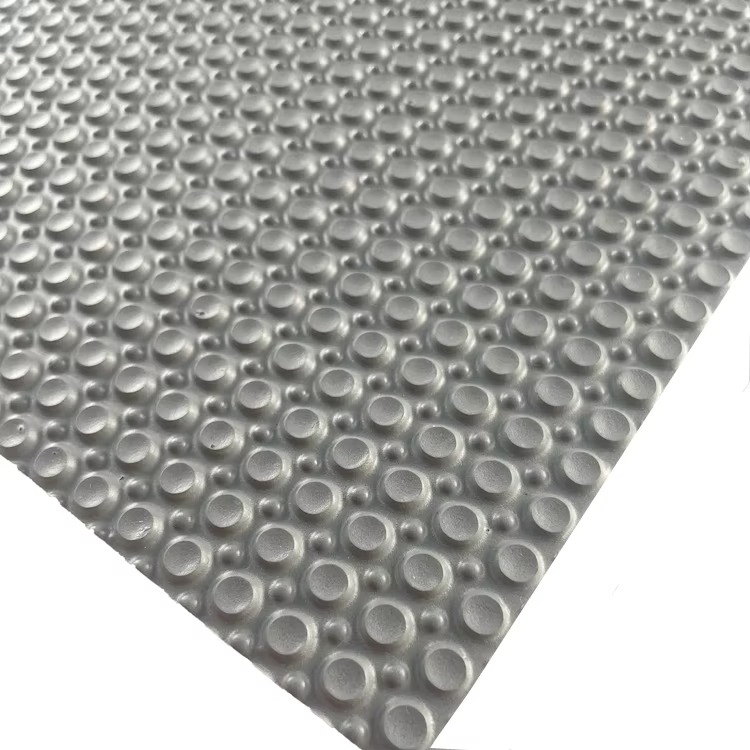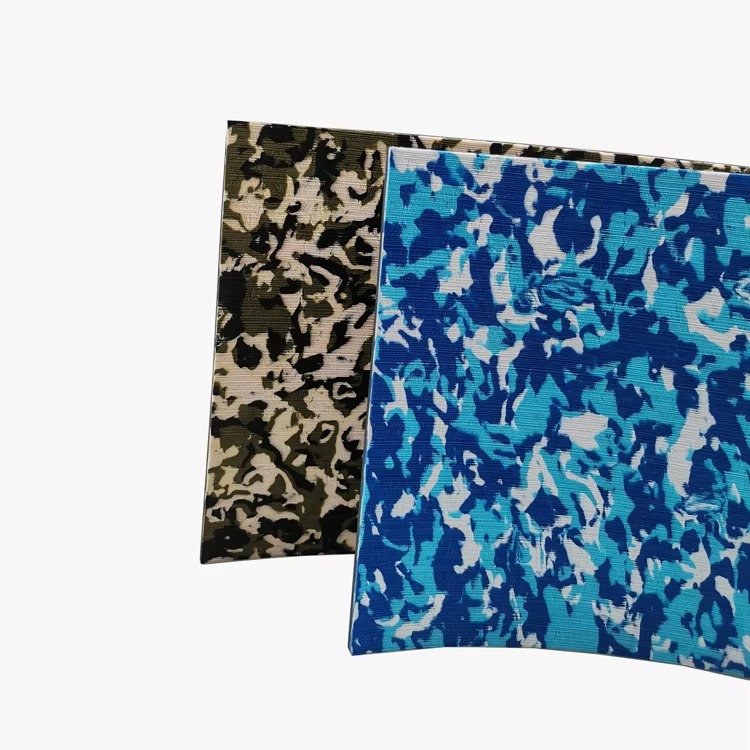
Learn more knowledge and trends in foam boat flooring industry from our blog.
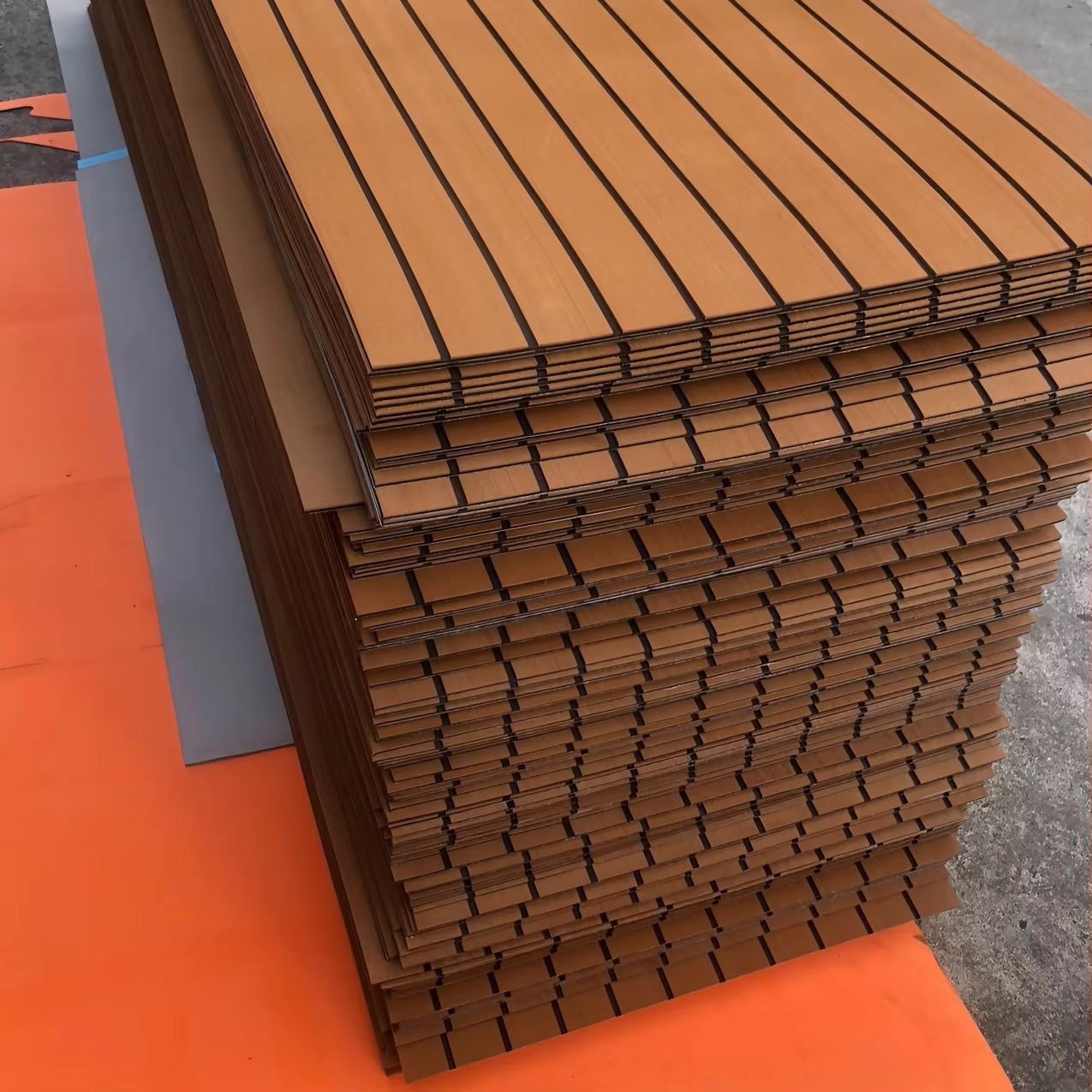
Wholesale High Quality Boat Foam Flooring
Table of Contents Wholesale Seadek Same Quality Boat Foam Flooring Quality & Performance Comparison Quality Standard Comparable to SeaDek®; High-Density,

Bulk Marine Deck EVA Foam
Home Table of Contents Attribute Specification Product Name Marine Durable Waterproof Nonslip Deck EVA Foam For Boats Material High-Density, Closed-Cell,
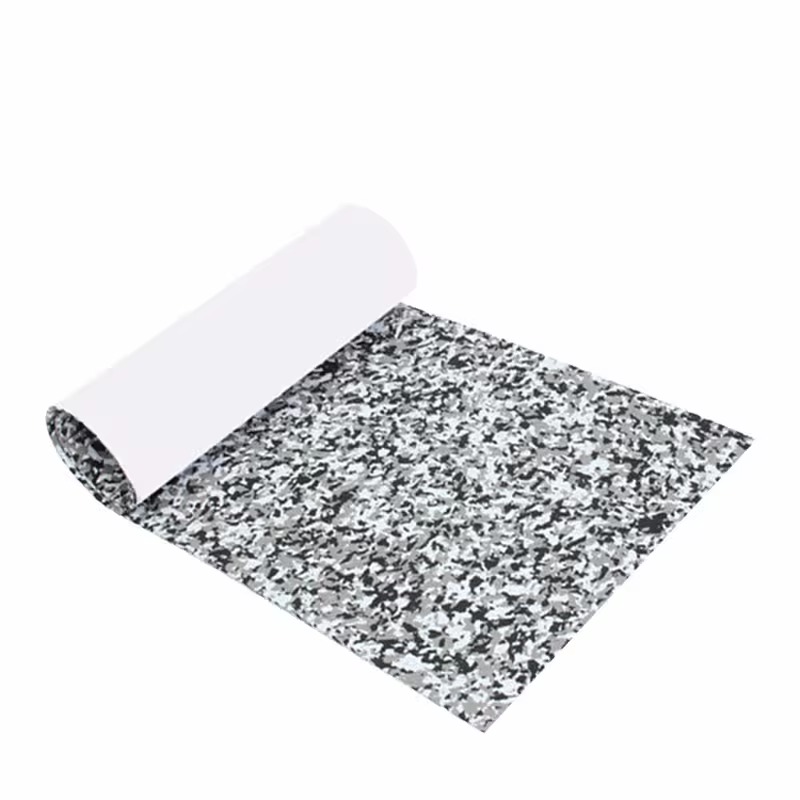
Bulk Teak Brushed Boat Foam Flooring
Home Table of Contents Technical Specifications Product Name Self Adhesive Teak Brushed Boat Insulation Foam Flooring Material Properties Core Material

